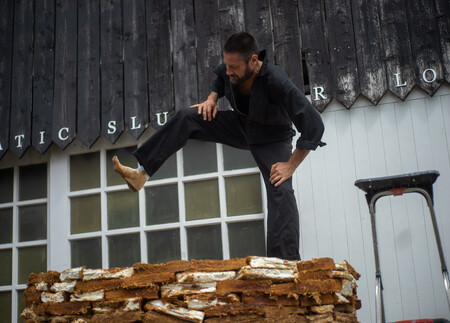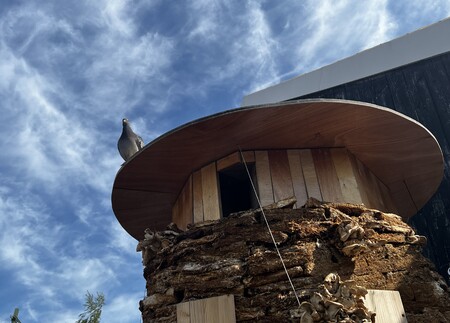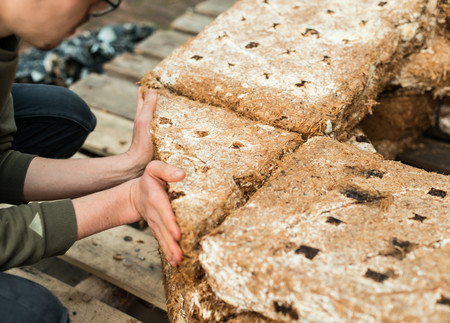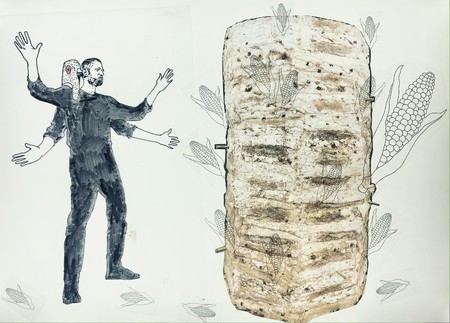In de zomer van 2020 bundelde Mediamatic de krachten met kunstenaar Arne Hendriks om de mogelijkheden te verkennen van het gebruik van mycelium als bouwmateriaal voor het construeren van torens. Maand na maand zijn er een diverse reeks torens opgeschoten rondom de Biotoop van Mediamatic. Deze iconische structuren getuigen van onze voortdurende verkenning van nieuwe vormen van samenleven binnen stedelijke omgevingen. Doe mee met ons in de masterclass "100 Jaar Leren" om te ontdekken hoe de interactie met de torens ons denken opnieuw kan onderwijzen.
Hoe kunnen wij mensen betere acteurs worden in de wereld waarin we wonen? De Mycelium-Waste-Pigeon-Towers zijn onze leraren; Observeer, maak, reflecteer op de steeds veranderende torens die veel wezens herbergen. Dit zal tijd kosten, en we zullen onze tijd nemen; wees onderdeel van een gemeenschap die generaties, disciplines en soorten overstijgt.
-

Wat zijn we aan het leren?
Ons doorlopende onderzoek
De mycelium-waste-pigeon-towers zijn het resultaat van een voortdurend proces. De torens worden gebouwd met mycelium blokken. Deze worden eerst gebruikt voor het oogsten van paddenstoelen, vervolgens...
-

Duiventorens
Alle Duiventorens
Sinds de zomer van 2020 experimenteren we met verschillende vormen en methoden om duiventorens te bouwen met mycelium. Elke structuur in deze tijdlijn draagt bij aan het onderzoek. Klik op een toren...
-

Recente Evenementen
Wat is er gebeurd
-

Arne Hendriks
Duiventoren kunstenaar
Arne Hendriks is kunstenaar en doet onderzoek naar human ecology. Hij gelooft dat we vrijgeviger naar onszelf zouden moeten zijn in het toestaan van radicale ideeën en gebruiken om onze relatie met...